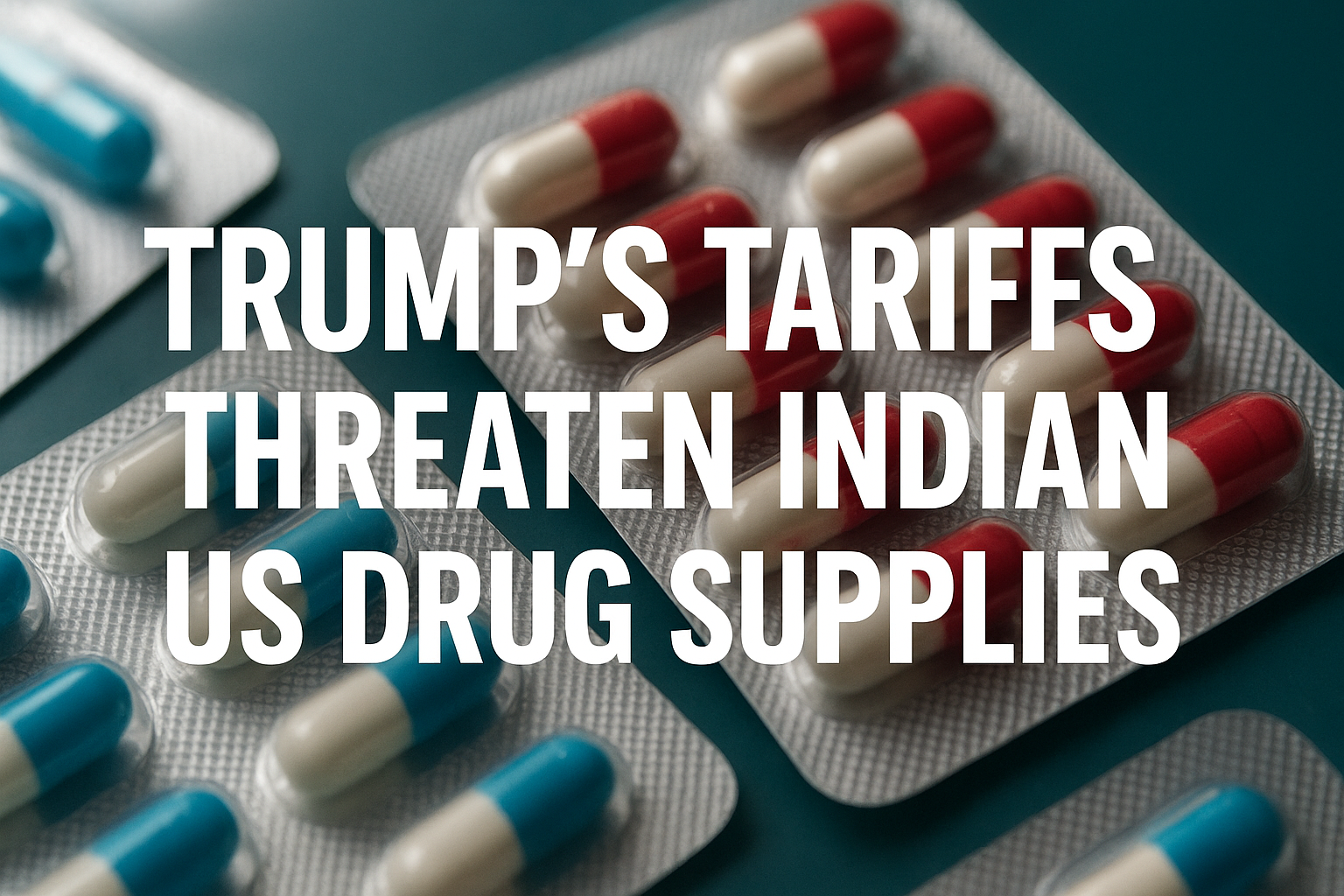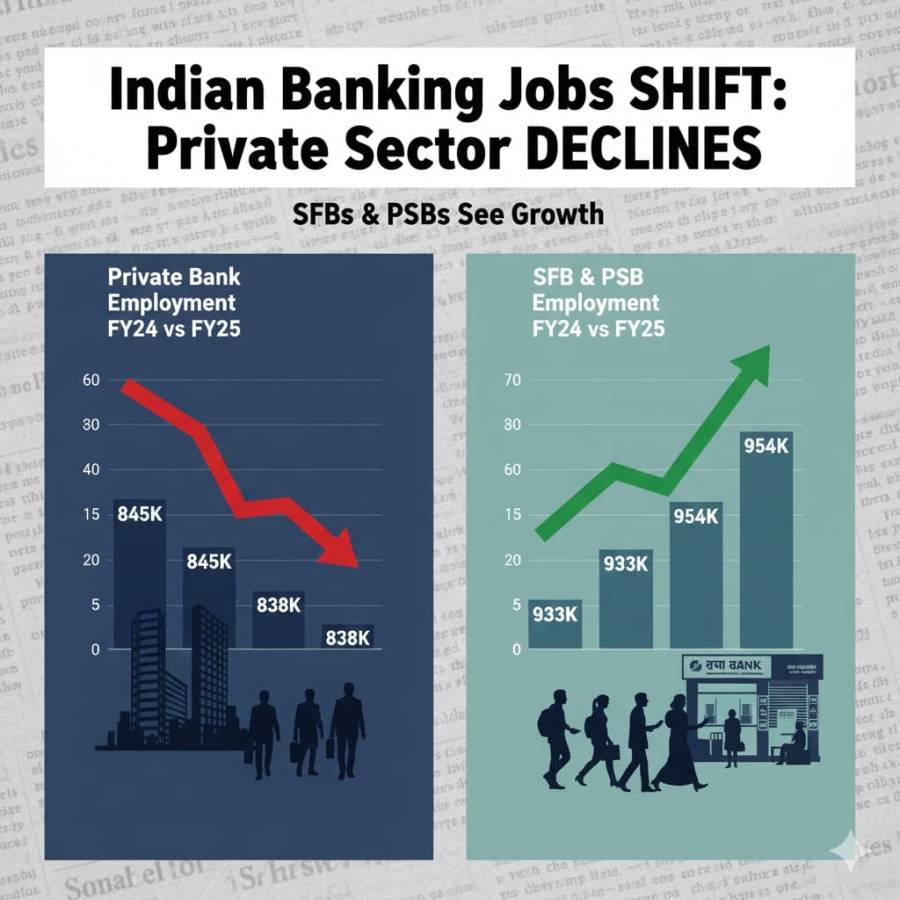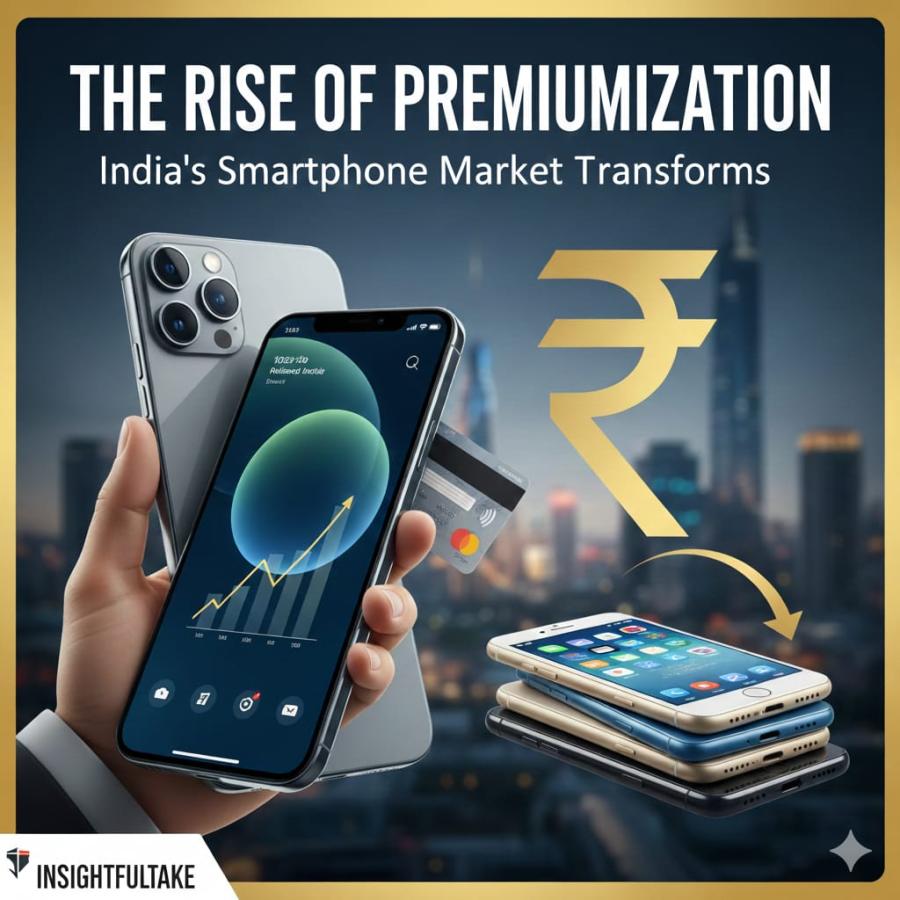
The global pharmaceutical trade has always carried political as well as economic significance. A recent move by the United States under President Donald Trump highlights this reality. His administration has floated the idea of imposing tariffs as high as 250 percent on pharmaceutical imports. For India, which has grown into one of the largest suppliers of generic drugs to the American market, such a policy shift poses not just commercial risks but also serious consequences for healthcare access in the US.
According to Bloomberg’s reporting, nearly 65 percent of all birth control pill prescriptions filled in the US last year were supplied by only two Indian companies, Glenmark Pharmaceuticals and Lupin Ltd. These firms are among the many Indian manufacturers that have made the country the so-called “pharmacy of the world.” Over the years, India has specialized in producing affordable generics and essential medicines. It has been possible because of strong domestic manufacturing capacity, lower production costs, and expertise in scaling up at speed.
The American market is vital for Indian drugmakers. In 2024, India exported drugs worth about nine billion dollars to the US, making it the single largest destination for Indian pharmaceuticals. Treatments for a wide range of health issues such as hypertension and depression depend heavily on these supplies. Over half of US prescriptions are filled with medicines manufactured by Indian companies. Therefore, the Trump administration’s tariff threat is not merely a trade dispute but a potential disruption to the daily healthcare needs of millions of Americans.
The contraceptive sector illustrates the seriousness of the problem. Family planning programs in the US rely heavily on affordable Indian generics. More than 65 percent of women aged between 15 and 49 use some form of contraception, and a significant share depends on imported pills. If tariffs drive up prices or disrupt supplies, women may face reduced access to essential reproductive health services. Advocacy groups such as the National Organization for Women have already warned that such measures could have disproportionate effects on low-income families who depend on cheaper generics.
From the perspective of Indian companies, the situation is equally troubling. Pharmaceutical manufacturing already operates on thin profit margins, with price competition a constant challenge. A tariff of 250 percent would not only wipe out margins but could also make it financially impossible to continue exporting certain drugs. The cost of compliance, coupled with scrutiny over safety and intellectual property, already burdens exporters. A sudden surge in tariffs would only add to their challenges, potentially forcing them to divert supplies to other markets.
The implications extend far beyond individual firms. Indian exports to the US account for a large portion of the sector’s international revenue. If that stream slows down, it could have ripple effects on the entire industry, leading to reduced investments, layoffs, and delays in research and development. Rating agencies have already flagged the risk. ICRA, an Indian affiliate of Moody’s, has projected that Indian firms’ growth in the US market may slow to between 3 and 5 percent in the coming fiscal year, compared to 10 percent previously. This “cautious” outlook reflects the uncertainty created by American trade policy.
For the US, meanwhile, the potential consequences are equally severe. Generics imported from India are estimated to have saved American consumers and insurers around 220 billion dollars in 2022 alone. If tariffs raise prices, health insurance systems will absorb higher costs, which will eventually trickle down to patients in the form of higher premiums and reduced access. Critics argue that such a move would contradict the stated goal of making healthcare more affordable in the US.
Industry experts have described the unfolding scenario as “a bit of a dance,” suggesting that both sides may be testing each other’s positions before entering negotiations. Nonetheless, the threat cannot be dismissed lightly. The Trump administration has shown in other areas, such as steel and aluminum, that tariff measures once announced can indeed be implemented, even against the advice of economists and industry leaders.





















